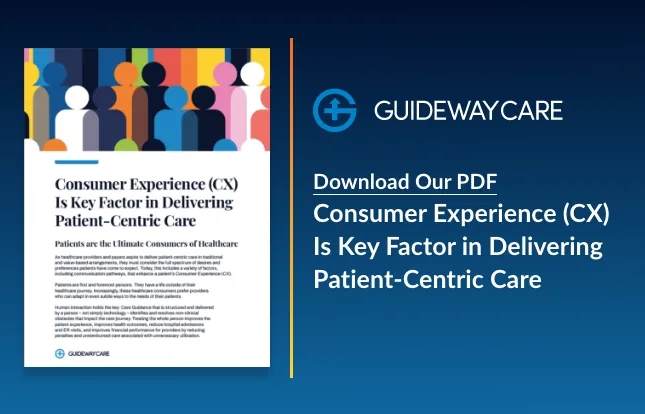How To Implement Process Improvement in Healthcare?

Process improvement is a critical component of any successful healthcare organization. It can help to streamline operations, improve patient care, and reduce costs. However, implementing process improvement can be difficult – especially in a complex and highly regulated industry like healthcare.
Patient engagement platforms with predictive analysis, automated processes, and other digital tools can help to facilitate process improvement. Improving patient experience with digital solutions can also help to improve outcomes and reduce costs.
When it comes to healthcare process improvement, organizations must consider a few key elements:
1) Establish an Effective Team
Having an effective team in place is essential for successful process improvement. This team should include people from various departments, organizational roles, and external experts. These individuals can provide valuable insight into current processes and identify areas for improvement. For example, in oncology care, a team might include physicians, nurses, technicians, and other clinicians with hands-on experience with the process. Additionally, external experts such as industry leaders or consultants can help provide an unbiased perspective on implementing process improvement.
2) Enhance Patient-Centered Care
One of the primary goals of process improvement in healthcare is to improve patient care and outcomes. To do so, patient-centered care must be central to the process. Patients are involved in decision-making and can access all relevant information. Additionally, healthcare providers should strive to meet each patient’s individual needs.
CAHPS is one tool used to assess patient-centered care. It allows healthcare providers to measure their performance and identify areas for improvement. It stands for Consumer Assessment of Healthcare Providers and Systems and is designed to provide healthcare organizations with helpful patient feedback.
3) Analyze Current Processes and Practices
Healthcare organizations must analyze current processes and practices to implement process improvement successfully. This includes assessing existing workflows, identifying inefficient or ineffective steps, and understanding how resources are used. Organizations should also consider where processes can be automated to reduce manual labor and any potential bottlenecks. Additionally, healthcare organizations must ensure that employees are adequately trained on current practices to enable successful process improvement initiatives.
4) Evaluate Solution Alternatives
Once the current processes and practices have been reviewed, healthcare organizations should evaluate alternative solutions and determine the best action. This is a critical step as it sets the stage for successful implementation and process improvement.
Healthcare organizations should consider qualitative and quantitative inputs when evaluating potential solutions. Quantitative data can provide helpful insights into the cost, efficiency, and quality impacts of different proposed solutions on patient care. Qualitative data can provide valuable feedback from patients and healthcare providers on different solutions’ usability, convenience, and safety.
In oncology, for example, evaluating different solutions may involve comparing the number of patient visits, their cost, and their impact on treatment effectiveness.
Once all data points have been considered and evaluated, healthcare organizations can identify the best solution for their needs.
5) Implement Solutions & Monitor Results
Patient safety, cost reduction, and improved outcomes are the primary goals of any process improvement effort in healthcare. Once the problems/opportunities for improvement have been identified and solutions have been implemented, it is essential to monitor the results. This could be done by tracking key performance indicators (KPIs) that measure patient satisfaction, financial performance, or quality metrics. The goal is to ensure that the solutions are improving patient outcomes.
Contact Guideway for the best hospital process improvement solutions. Our risk-bearing entity (RBE) solutions provide a robust healthcare process improvement platform.
Contact Us Today To Learn How We Can Help
"*" indicates required fields




